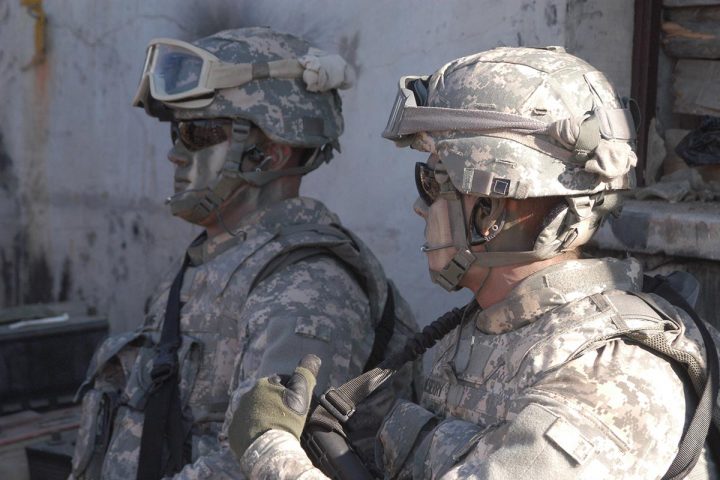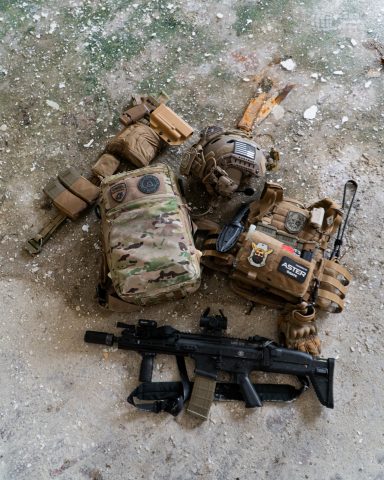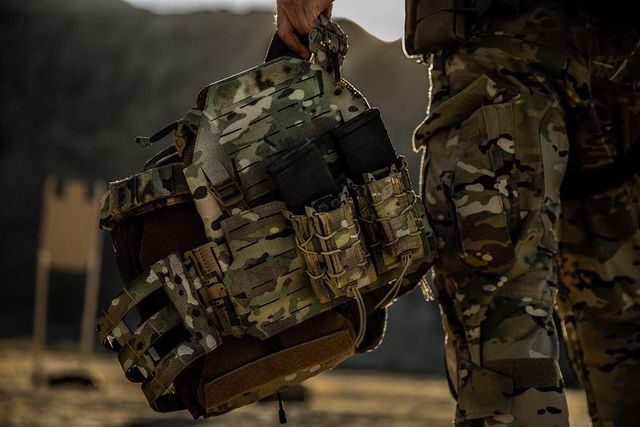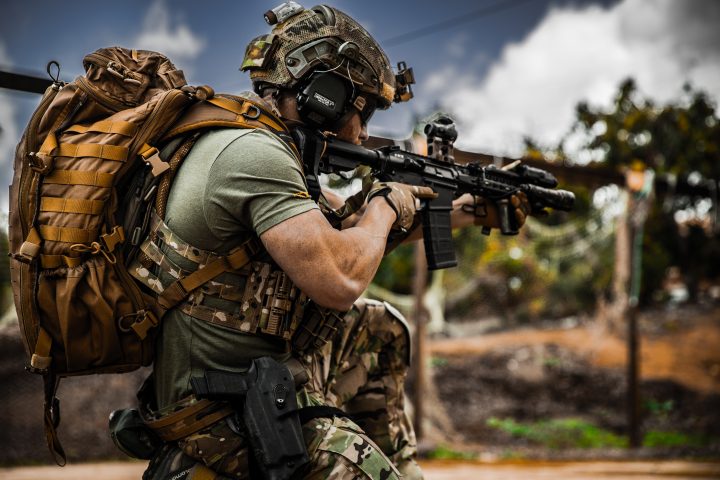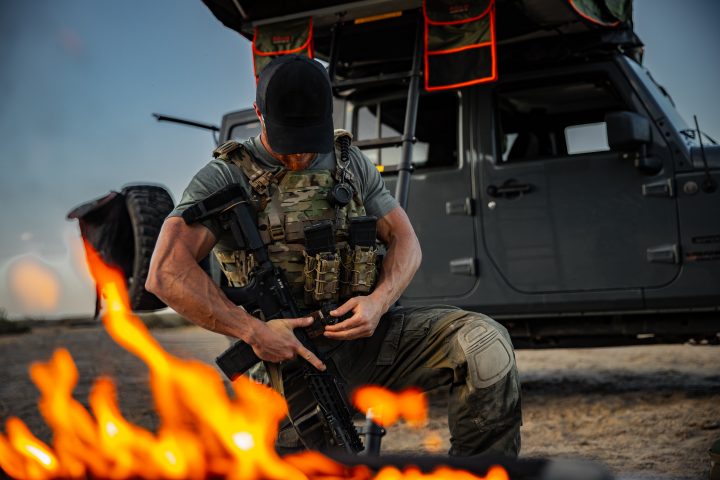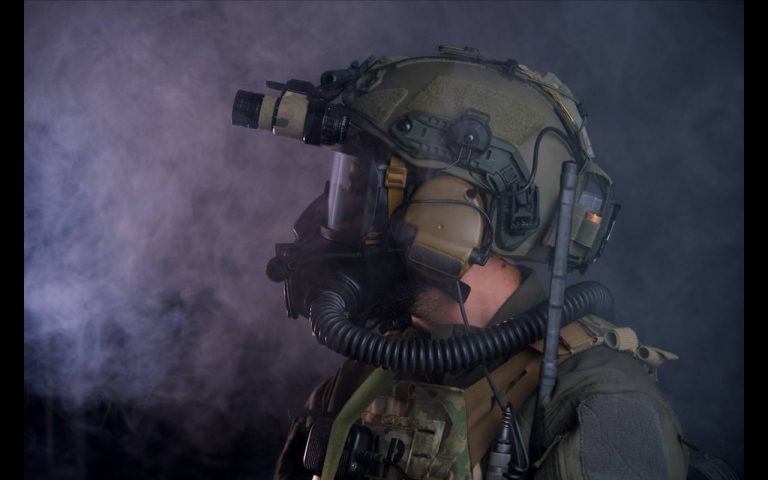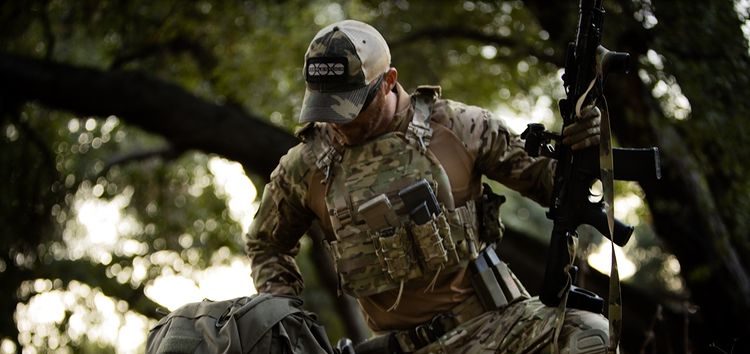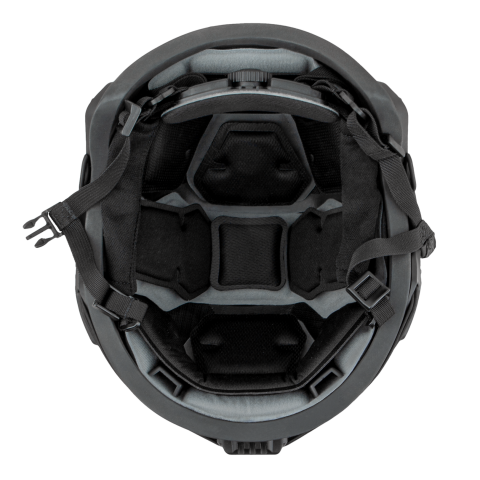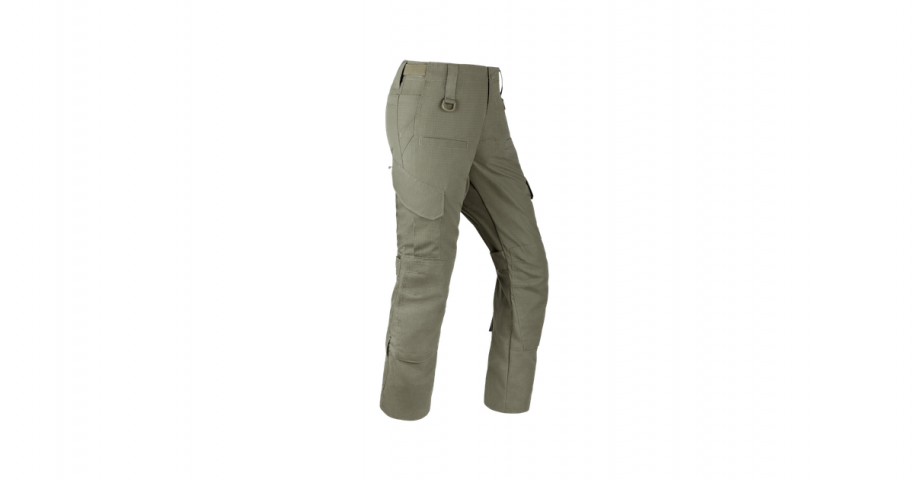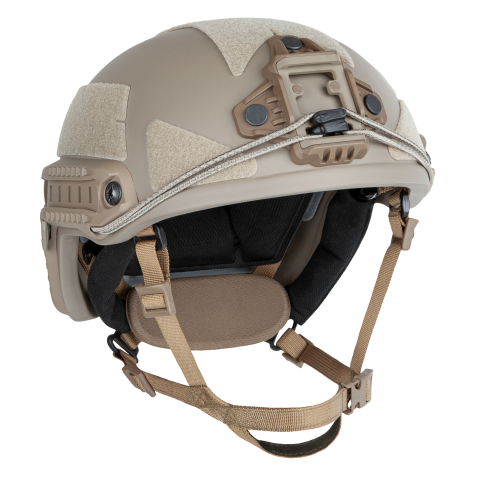Especially when it comes to men’s fashion, some of the most popular glasses to wear are those used by the military. For instance, the ‘’Aviator’’ sunglasses were popularized all the way back in the 1940s and are still one of the most recognizable designs.
But, sunglasses are nowhere near the only type of glasses used by the military, especially if we include the Army, Navy, and the Air Force. Depending on the mission, requirements, as well as the operator, there is a wide range of approved choices.
Generally, military glasses are divided into three categories:
- Glare protection
- Ballistic protection
- Gear compatibility
